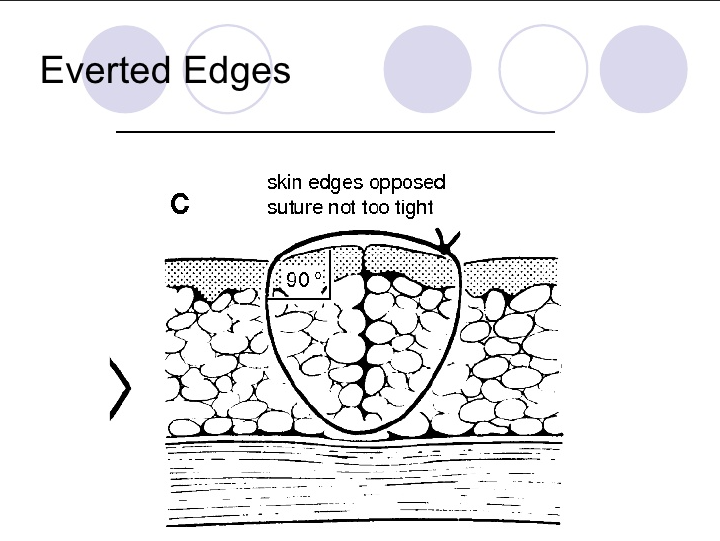See one. Do one. Teach one.

This is the mantra of residency attending physicians everywhere. It is great when you are talking about sewing up a laceration. Honestly, my aunt can throw much more complicated stitches than I. Once you see one demonstrated to you, you can move on to doing one under supervision. Next, the real learning happens: if you know the procedure enough to teach someone else, then you know the procedure well enough.
How do you know the procedure well enough? Well, for one, the patient doesn’t have to come back to the ER! More realistically, you have all the processes in place to get the job done. I know where the suture cart is, I know that I have to get in drawers 1, 3, 4, and 5 for the typical equipment. The nurses know what they need to do to get prepared as well. Essentially, the process can be completed with minimal thought.
How do you get there? You need to do it many times. Far from the see one, do one, teach one craziness of medical school. You see, see one, do one, teach one doesn’t imply mastery, just that a person is capable of doing the procedure. It is more of a guide and not a rule. Some people will need to do more than one before they can teach. I tend to think it is this way with most things. Some people will never teach. Believe me, when you can teach it so that a student learns, that is when you know the procedure. It is harder than you think.
I was teaching a student, Sharon, laceration repair the other day. Sharon, as most students are, was eager to get right in and start throwing in stitches.
“Wait a minute,” I said, “Tell me how to do the procedure first.”
“Well, you put in simple interrupted sutures starting in the middle, then bisecting the laceration with more stitches until you are done.”
“Technically correct but tell me how to do it. The steps.”
“Like everything?”
“Of course.”
Then Sharon went through the steps. First you obtain consent after discussing the risks and benefits. Next you cleanse the wound with iodine. Then you use lidocaine with epinephrine injected into the borders of the wound to numb it. Take care to aspirate before you inject so that you don’t put lidocaine into the blood vessel. You irrigate the wound well with normal saline. You insert simple interrupted sutures of the proper size with the proper size needle depending on the wound, taking care to evert the edges so the scar is minimal. Clean. Bandage.
You see what I did there? Sharon was attempting to teach me how to suture a wound. If she could do that, I know she can do the actual procedure. If she couldn’t, then she will be seeing one instead of doing one today.
What Does This Have to Do with Real Estate?
There are so many steps involved in investing in a particular property, but they are very similar across the board. Much like laceration repair, you need to know the steps involved before you begin. After you’ve done it enough, you will be able to teach others your steps. It is then that you truly begin to know how to do it.
Sharon completed her suturing and did well. “You kept telling me to insert the needle directed away from the edge of the wound. Why?” Uh-oh. I didn’t know the answer to that question. I told her that was the way I had been thought and that we would need to look it up. We did so. It turns out that is one of the ways we use to make the wound edges evert, or lift up slightly.
Source: https://www.slideshare.net/jayjacob/fwd-wound-healing
As the wound heals, the skin tightens and will flatten out. If we do not do that, a small valley will remain. It will cast a shadow, making the scar more visible. I never would have known what I was doing that if I hadn’t been teaching.
You will learn more by teaching than you ever will by learning. The student you taught will go on to be a valuable colleague. In the real estate business, probably someone who will bring leads to you, or partner with you on a project. A competitor? Sure, but there are enough deals to go around. They will help you many times more than they will harm you.
And if that is not enough, think about how you will help someone in their career, their future, their life. I cannot quantify the satisfaction that brings. Try it yourself; I guarantee you will agree.



Great blog